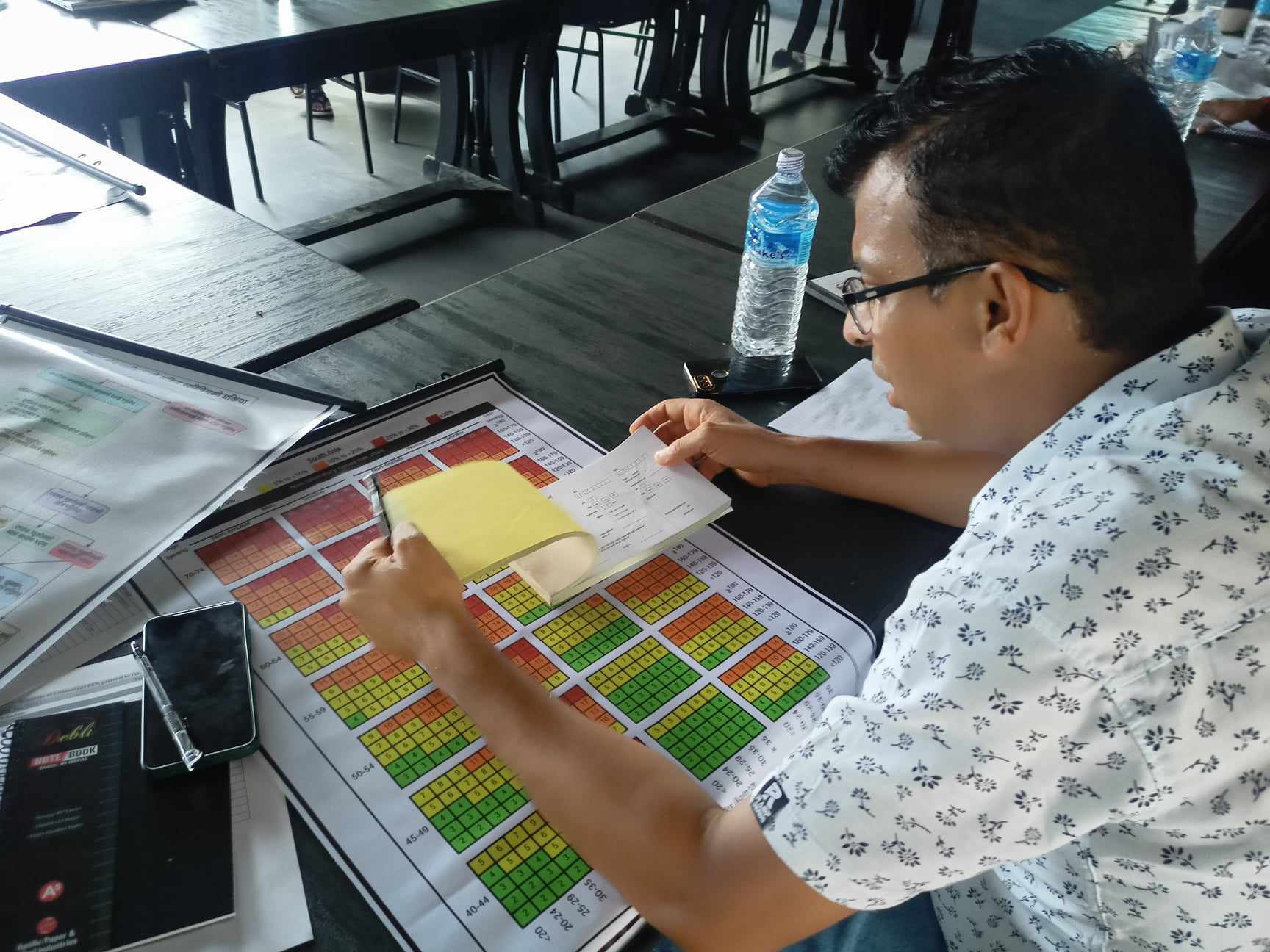“What? You want to study film making?” was the first reaction from my father when eight years ago I told him I wanted a career in filmmaking. My father gave me a very good lesson that day on choosing my future profession.
He was probably right and was driven by the same thought that was prevailed among most of the people in the past as film making is not one of the elite professions . However, this concept has not changed much. Most of the older generation still consider film making as a waste of time and money. As a result, I joined pharmaceutical study. Though I was studying pharmaceutical, my passion towards filmmaking did not allow me to be far from it for long. I was engaged in filmmaking even then and now I have completely opted film making as a profession.
Nepal does not have a very long history on documentary making. Looking back at the beginning of documentary making in Nepal, it formally started from the establishment of Royal Nepal Motion Picture Board in 1971 A.D. Before this the government unit was established and very few documentaries were made. These films were shot in Nepal but the makers were not Nepali. Toni Hagen, an advisor to the UN’s development program filmed a silent documentary in 1950 A.D. which is considered as the first ever film shot in Nepal. The documentary was based on the lifestyle of Nepali at that time. In 1956 A.D., another documentary was shot by U.S. information service which was entitled “Himalayan Awakening”. The first documentary shot by Nepali was “ Forty-Two Birthday of King Mahendra in 1962. After the establishment of board, documentary making increased but most of them were based on the Royal visits and ceremonies. There were no platforms for screening these films and thus was not available for general audience. Finally, in 1984, Nepal Television was established which is the dawn of new era for film making. It opened the platform for showcasing films and also encouraged the new film makers in Nepal. From the date until now, there has been a significant growth of documentaries and their makers. The concept and content of documentary or filmmaking is evolving day by day. We are not just using film to showcase the culture, lifestyle or landscape. Film is also used in changing behaviors and lifestyle, and research purposes. Community Arts against Antibiotic Resistance in Nepal (CARAN) could be a good example of it. (Source: Tanka Upreti, Nepali Brittachitrama Mahilako Sawaal, Chitran ra Sahavagita)
As CARAN is a new concept in Nepal, there are challenges and opportunities as we are implementing participatory filmmaking in the same community with no positive attitude towards filmmaking.
CARAN is about involving diverse participants inspite of their knowledge, age, gender, livelihood, etc and developing a film about antibiotic. It is a challenge to convince and bring diverse group of people together to participate, that too for filmmaking, when they could be very busy with their own chores. However, there could be another aspect that filmmaking a new concept could actually grab their interest and help bring them together. This is yet to be explored. I will share my real experience on this in other blogs after the completion of the filed activity.
Even after they are convinced, its not easy way out to get it done. Dealing with the individual participants is going to be another challenge. Diversity in participants come up with their own level of knowledge and idea, which has to be brought together for a purpose. Also from my experience, filming within community or in mass is unexpected and, on the spot decisions needs to be made. The motivating factors needs to be identified which varies from person to person. This challenge will be of great experience for my film making career.
Despite of all the challenges, I am very excited as this may be an opportunity to change the attitude of people including generation of my father about film and filmmaking. Also the outcome of the project will be the milestone for policy maker as the problems and solutions are visualized by the involvement of public themselves.












Comments (0)
No comments found.